Paper Folding Types
Paper Technology – Paper Folding Types / Folding Methods
The different types of paper folding
There are a number of standard fold types used in the printing industry. These are displayed below.
Of course, there are many more as we can show here.
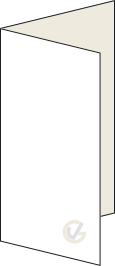
Half Fold
The Half Fold is the most simple fold. The folded sheet is folded once in the middle – in portrait or landscape format. This results in four pages – two inside and two outside pages. This type of folding is often used for fair invitations, as well as invitation or greeting cards.
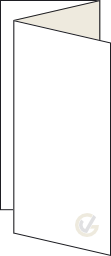
Z-Fold
The Z-fold is a form of parallel folding in which two or more parts of the folded sheet are folded in alternating directions. This results in a zigzag-like fold, which is why this form is also called zigzag fold. This type of folding is often found in information and advertising materials, see folders and flyer design.
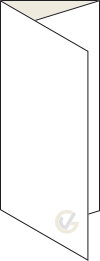
Tri-Fold
The Tri-Fold is a form of parallel folding in which two or more equally wide sheets are folded around one sheet section with no directional change. The fact that the folding always goes in the same direction results in the winding which also gives the name known as wrap-around fold. This type of folding is often found in information and advertising materials, see folders and flyer design.
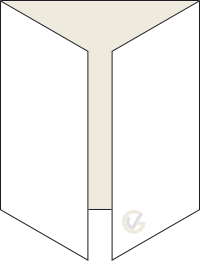
Gate Fold
The Gate Fold, owes its name to its similarity to an altar with two wings or a window with two shutters. In this form of parallel fold, the outer parts of the sheet are folded inwards.
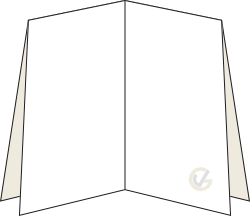
Quarter Fold
With this type of folding, the sheet of paper is folded in the middle, and then turned and folded back in the middle. The folds are parallel to each other. This type of fold is often used for advertising flyers and small maps.
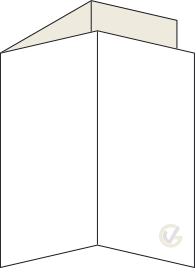
4-Panel Fold / Parallel Fold
The 4-Panel Fold is a form of parallel folding in which eight pages are created by halving a folded sheet twice in the same direction. The last two pages need to be slightly smaller than the outer ones to fold properly inside the outer two panels.
Hint: All the information is under caveat and without warranty!

